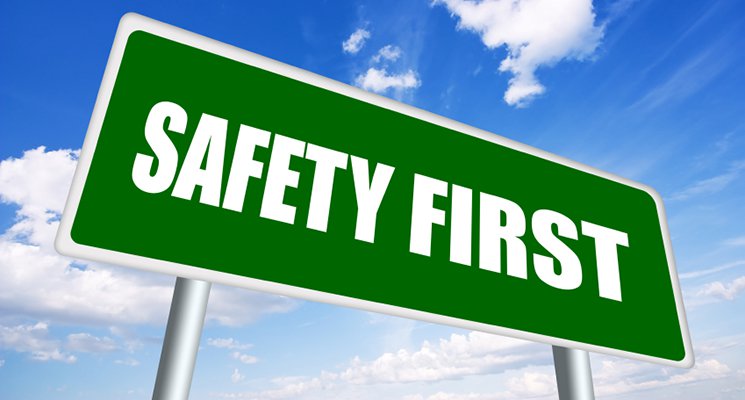 y son calls me a scaredy-cat because I’m constantly throwing warnings out at him: “Don’t run on the ice, you could fall and hurt yourself!” “Be careful on those rocks; they look slippery.” “Please don’t climb any higher up that fence; if you fall and crack your head open, you’ll be sorry!” I’m not a scaredy-cat, I tell him; I just have to give the warning because if something actually happens, I’ll feel even worse about it if I failed to alert him to the danger beforehand. The better tactic, I know, would be to remove the ice, the rocks, and the fence before he can even test them, but out in the world that’s just not possible.
y son calls me a scaredy-cat because I’m constantly throwing warnings out at him: “Don’t run on the ice, you could fall and hurt yourself!” “Be careful on those rocks; they look slippery.” “Please don’t climb any higher up that fence; if you fall and crack your head open, you’ll be sorry!” I’m not a scaredy-cat, I tell him; I just have to give the warning because if something actually happens, I’ll feel even worse about it if I failed to alert him to the danger beforehand. The better tactic, I know, would be to remove the ice, the rocks, and the fence before he can even test them, but out in the world that’s just not possible.
 My son calls me a scaredy-cat because I’m constantly throwing warnings out at him: “Don’t run on the ice, you could fall and hurt yourself!” “Be careful on those rocks; they look slippery.” “Please don’t climb any higher up that fence; if you fall and crack your head open, you’ll be sorry!” I’m not a scaredy-cat, I tell him; I just have to give the warning because if something actually happens, I’ll feel even worse about it if I failed to alert him to the danger beforehand. The better tactic, I know, would be to remove the ice, the rocks, and the fence before he can even test them, but out in the world that’s just not possible. In the gym – it is!
My son calls me a scaredy-cat because I’m constantly throwing warnings out at him: “Don’t run on the ice, you could fall and hurt yourself!” “Be careful on those rocks; they look slippery.” “Please don’t climb any higher up that fence; if you fall and crack your head open, you’ll be sorry!” I’m not a scaredy-cat, I tell him; I just have to give the warning because if something actually happens, I’ll feel even worse about it if I failed to alert him to the danger beforehand. The better tactic, I know, would be to remove the ice, the rocks, and the fence before he can even test them, but out in the world that’s just not possible. In the gym – it is!
Because of the nature of the fitness business, the level of risk is much higher than with other businesses. In order to make sure you’re protecting your clients — and yourselves, should any unfortunate accidents occur — it’s good practice to run frequent risk management checks. At least once a quarter, do a walk-through of your facility. Identify potential risks, ensure that you have adequate warning signs posted (you can probably leave out the part about cracking your head open), and evaluate whether you’re doing everything you can to reduce (or, better yet, eliminate) the risk.
What are the highest-risk areas? Well, the free weights and the machines carry risk of injury, of course. Your cardio court and other workout rooms should be carefully supervised at all times, with appropriate signage offering instructions, warnings, and advice about what to do if an injury occurs. You already know this, of course, and you know about the other danger spots too, but until something actually happens, it’s easy to become complacent about what could go wrong. So let’s review:
The Pool: There’s always the danger of slipping on a wet surface. Strictly enforce a “no running in the pool area” rule: Your lifeguards and pool attendants should aggressively monitor running and blow the whistle whenever they see it. Make sure many signs with big lettering announcing the rule — and other pool safety rules — are visible. Also make sure there’s nothing adding to the already risky fact of just having a pool — no algae or mats that could cause slipping, no hoses or cleaning equipment that could cause tripping.
Shower Facilities: As with the pool, showers are dangerous because of water. Your members sign a waiver when they join, but it’s your responsibility to make sure water-related dangers aren’t exacerbated by soap, oils, or other potentially hazardous shower-area materials. Train your locker room staff to keep a sharp eye out for anything on the floor that could cause harm.
All this is just for starters. Think through your own facility and the unique risks it might present. Do everything you can to prevent an accident from happening, and constantly check to make sure your safety measures are in place. Trust me on this one. If your mother were writing this blog, she’d tell you the same thing – don’t forget risk management.

Don’t Forget Risk Management
« Blog | | | (0) Comments |